Biography
His father, Girolamo Boccaccio, was a musician, associated with the opera. While still very young, Ferdinand, Duke of Parma, noticed his drawing talents and offered to help finance his studies. Ferdinand died in 1802 but, by then, he had established himself as a student, and he received support from his teacher, Claudio Salvatore Balzari [ it ]. In 1814, after three years of service in the Army, he married Maddalena Guatteri. They would have two sons, who devoted themselves to musical careers. He soon became a well-known landscape painter and, in 1817, was named an honorary Academic at the Accademia di Belle Arti di Parma. For economic reasons, he also did scenographic work for several private and public theaters.
In 1819, Marie Louise, Duchess of Parma, chose him as her painting instructor and appointed him set designer for the New Ducal Theatre. For its inauguration, he created several ballet and opera sets. He also followed his patroness on her numerous travels; to Vienna, Switzerland and Germany. During this time, under his direction, she produced a series of watercolors. In 1821, he was named Professor of landscape painting at the Accademia.
His set designs were, like his paintings, primarily landscapes. His first season at the Ducal Theatre included sets for the operas, I Pretendenti Delusi (The Disappointed Pretenders), by Giuseppe Mosca, and La Gazza Ladra (The Thieving Magpie), by Gioacchino Rossini. He spent six years, from 1821 to 1827, painting the theatre's curtain. In 1825, he created some special decorations in the entry hall, for an upcoming visit by Emperor Francis II and the newly-crowned King Francis I of the Two Sicilies.
In his later years, he worked at theatres in cities throughout the region, including Piacenza, Reggio Emilia, Casalmaggiore, and Milan, at La Scala, where he created sets for Elena da Feltre by Saverio Mercadante, and Lucia di Lammermoor , by Gaetano Donizetti. He also took students, some of whom became well-known, such as Luigi Marchesi, Alberto Pasini, Giuseppe Drugman, Giacomo Giacopelli, and Giuseppe Alinovi.
Most of his free-standing works are in private collections, but some may be seen at the Galleria Nazionale di Parma and the Museo Glauco Lombardi. A street in Parma has been named after him.

Carlo Cignani was an Italian painter. His innovative style referred to as his 'new manner' introduced a reflective, intimate mood of painting and presaged the later pictures of Guido Reni and Guercino, as well as those of Simone Cantarini. This gentle manner marked a break with the more energetic style of earlier Bolognese classicism of the Bolognese School of painting.

Giuseppe Bazzani was an Italian painter of the Rococo.
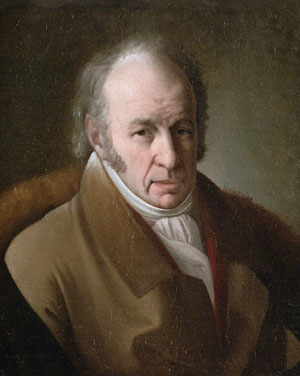
Giuseppe Bernardino Bison was an itinerant Italian painter of frescoes, landscapes, vedute, capriccios and some religious works.

Giuseppe Nicola Nasini was an Italian painter of the Baroque period and active in Rome and Tuscany.

Giuseppe Baldrighi was an Italian painter of the late Baroque (Rococo) and early Neoclassic periods.
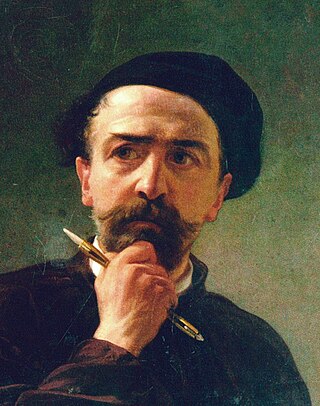
Carlo Arienti was an Italian painter; known primarily for historical and Biblical scenes.
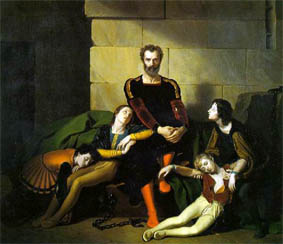
Giuseppe Diotti was an Italian painter of the Neoclassic style.
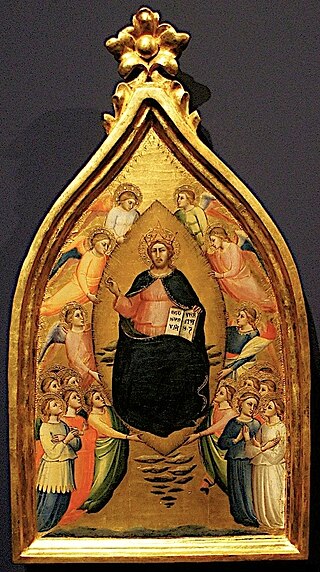
Mariotto di Nardo di Cione was a Florentine painter in the Florentine Gothic style. He worked at the Duomo of Florence, the church of Santa Maria Maggiore, and the Orsanmichele. He created both frescoes and panel paintings, and was also active as a manuscript illuminator.
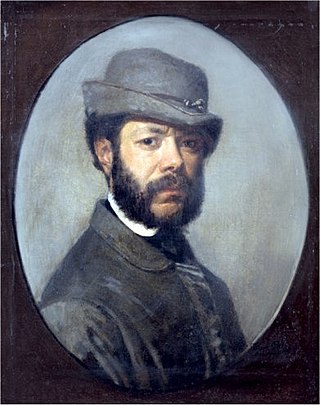
Filippo Palizzi was an Italian painter, known for his rural genre scenes with animals; mostly goats. His brothers, Francesco Paolo, Giuseppe and Nciola also became painters.
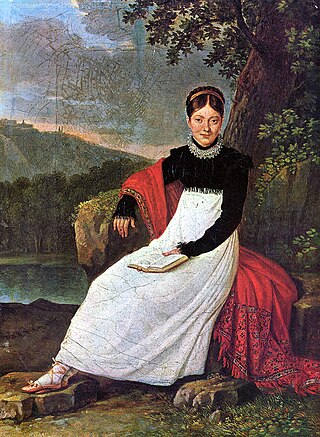
Giuseppe Cammarano was an Italian painter of frescoes and portraits.
Pietro Giovanni Abbati (1683–1745) was an Italian set designer, painter and engraver.

Giuseppe Alinovi was an Italian painter, mainly painting vedute in a Neoclassical style, often in light watercolors. The Italian composer and court organist Giuseppe Alinovi was his father.
Giuseppe Ferrari (1840–1905) was an Italian painter.
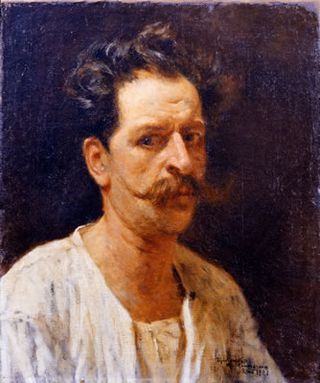
Michele Cammarano was an Italian painter who was best known for his battle scenes, although he worked with a wide variety of subjects.

Luigi Marchesi was an Italian painter who specialized in architectural and interior scenes.

Giuseppe Drugman was an Italian landscape and cityscape painter.

Francesco Bagnara was an Italian scenographer, decorator and landscape architect.

Laurent Pécheux was a French-born painter, active in Rome and Northern Italy in a Neoclassical-style.
Francesco Liani was an Italian painter, mainly known for his portraits of the Neapolitan royal family.

Carlo Ferrario was an Italian scenic designer, painter, and architect.
This page is based on this
Wikipedia article Text is available under the
CC BY-SA 4.0 license; additional terms may apply.
Images, videos and audio are available under their respective licenses.

















